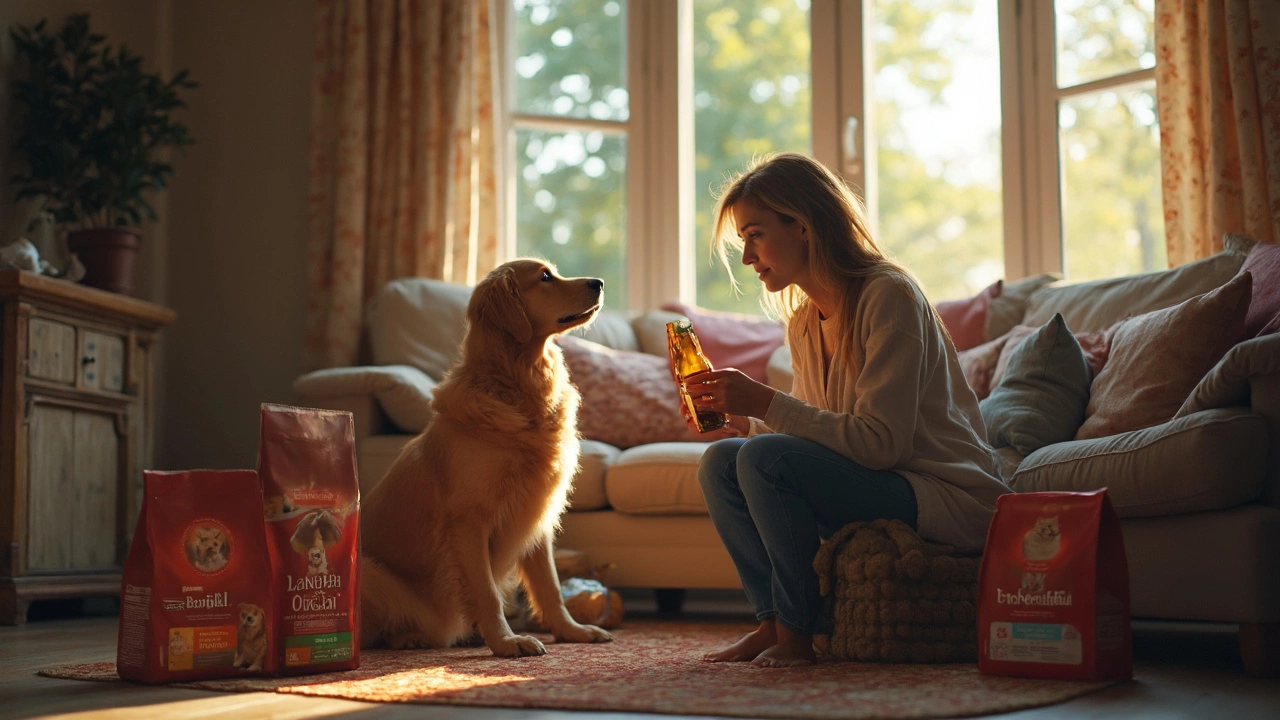Dangerous Dog Food – What You Need to Know
When you shop for your dog’s meals, it’s easy to grab the first bag that looks tasty. But not every kibble or wet food is safe. Some products hide ingredients that can hurt your pup’s health, cause allergies, or even lead to long‑term problems. Below we break down the warning signs, point out brands that have raised eyebrows, and give you a quick checklist so you can feed with confidence.
Common Red Flags in Dog Food Labels
First glance at the ingredient list can tell you a lot. Look for these triggers:
- Excessive fillers: corn, wheat, soy, and by‑products often mask low protein quality.
- Artificial additives: colors, flavors, and preservatives like BHA, BHT, or ethoxyquin are linked to digestive upset.
- Unidentified meat meals: “meat meal” without species specification can hide low‑grade meat.
- High sugar or sweeteners: grapes, raisins, or even added corn syrup aren’t meant for dogs.
- Unknown “proprietary blends”: these hide exact ingredient amounts, making it hard to gauge nutrition.
If you see three or more of these, put the bag back. Safe dog food should list a real protein source first (like chicken, lamb, or salmon) and have clear, whole‑food ingredients.
Brands and Ingredients That Raise Concerns
Several popular names have been flagged by vets and consumer groups. For example, many owners have reported issues with Blue Buffalo because of recalled batches and questions about added glyco‑protein. Beneful often shows up in discussions about high corn content and questionable preservatives. Even well‑known lines can slip up; occasional recalls happen when factories detect contamination or mislabeling.
What matters is how the brand responds. Look for companies that publish test results, have clear recall procedures, and provide transparent sourcing. If a brand boasts “no fillers” but still lists corn meal, that’s a red flag.
Beyond brand names, watch out for specific ingredients that have been linked to health problems:
- Propylene glycol: used in some wet foods to retain moisture, but can cause kidney stress.
- Bt (Bacillus thuringiensis): a pest‑control protein that’s illegal in many countries but still shows up in some imports.
- Excessive calcium: especially in grain‑free recipes, can lead to skeletal issues in large breeds.
Checking the brand’s website for lab analysis or third‑party certifications (like AAFCO) can help you avoid these pitfalls.
**Quick safety checklist**:
- Read the full ingredient list – real meat should be first.
- Avoid artificial colors, flavors, and unnecessary preservatives.
- Pick foods with clear nutrient guarantees (protein %, fat %).
- Verify the brand’s recall history and response plan.
- Consider a vet‑approved diet if your dog has allergies or health issues.
By keeping these steps in mind, you’ll reduce the chance of feeding dangerous dog food and give your four‑legged friend a healthier, happier life.
Posted By Bryndle Redding On 7 Jun 2025 Comments (0)
Purina Beneful Lawsuit: What Dog Owners Need to Know
Curious about the lawsuit against Purina Beneful dog food? This article explains the key details behind the court case, what sparked it, and what it means for dog owners. Get a quick rundown on reported complaints, legal proceedings, and tips to help keep your dog safe when choosing pet food. Understand how these lawsuits impact big companies and everyday pet parents. Stay informed to make the best choices for your furry buddy.
READ MORE